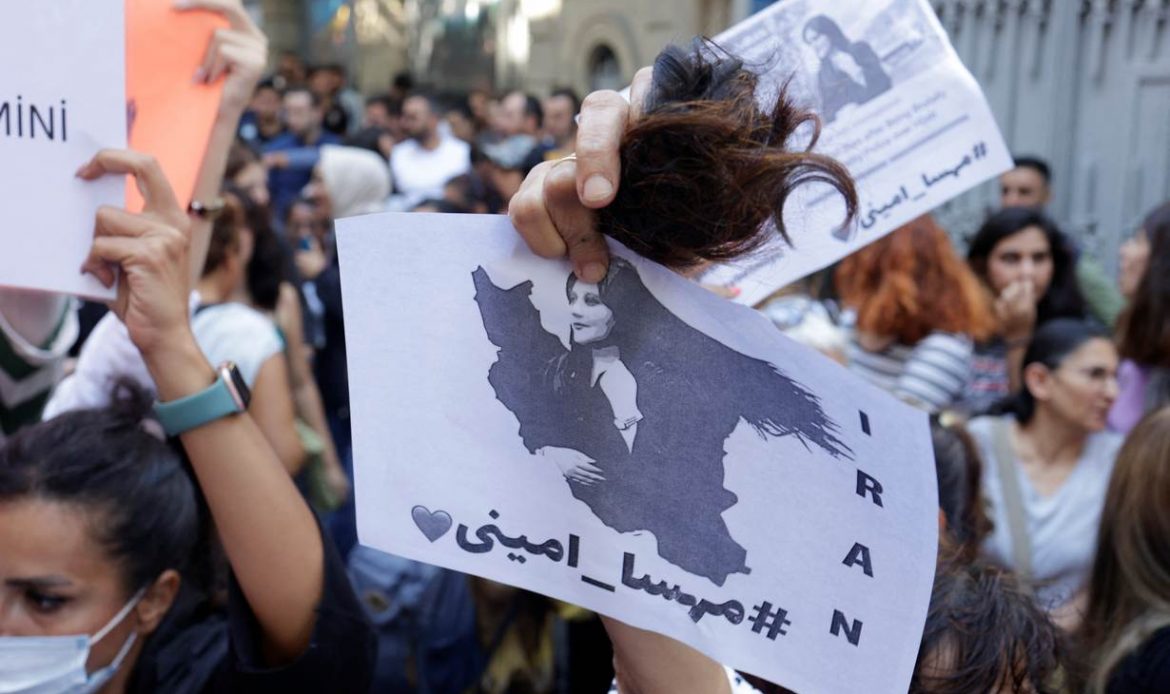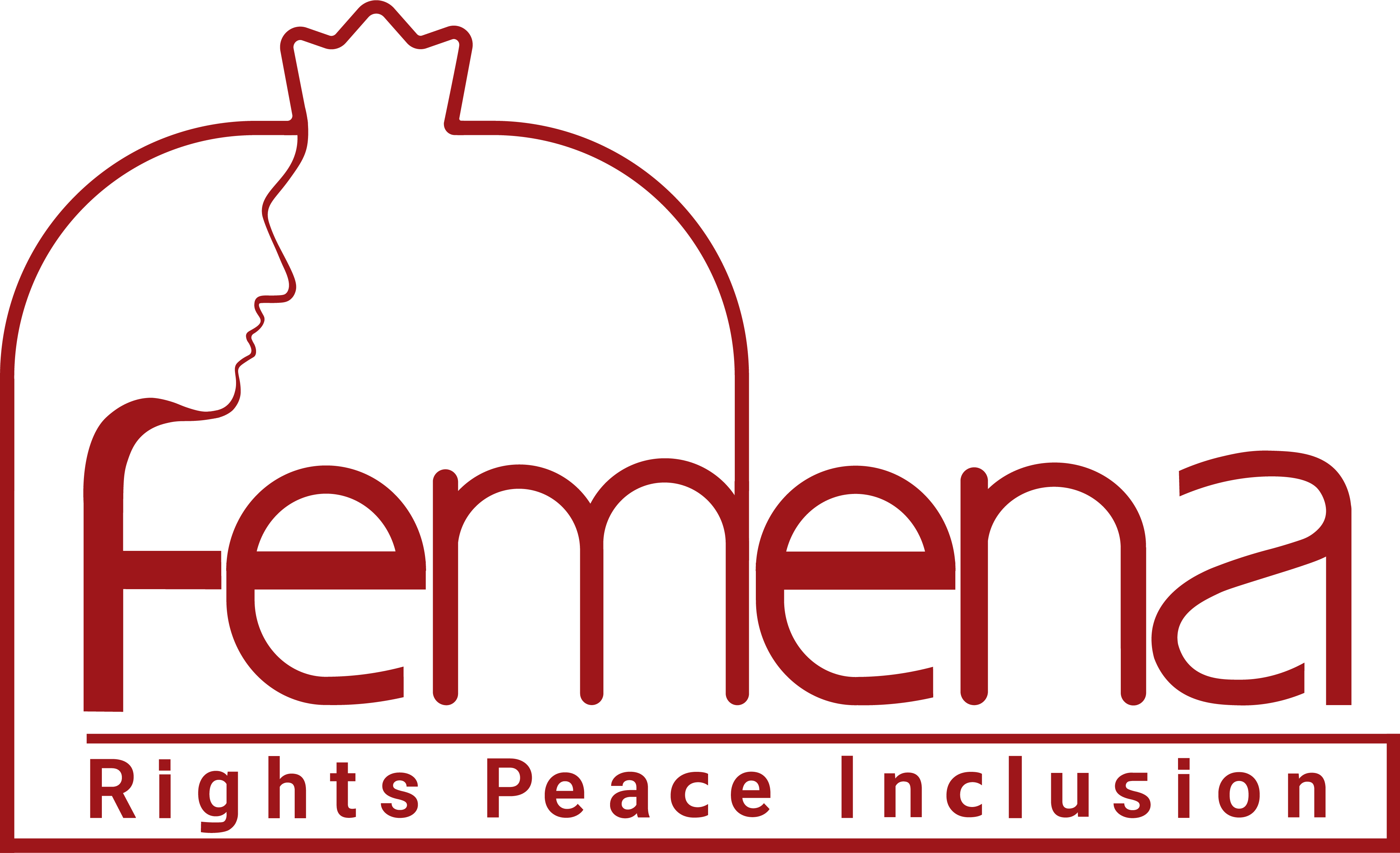
Thomson Reuters Foundation: Protests have broken out across Iran over the death of a woman held by morality police for “unsuitable attire”, with activists warning of worse to come as the state deploys facial recognition technology to control its citizens.
Mahsa Amini, a 22-year-old from Iran’s Kurdistan province, fell into a coma and died following her arrest in Tehran last week over the country’s strict new hijab policy, sparking demonstrations in multiple areas, the capital included.
Amini has since become a rallying point for Iranians who oppose what they see as rising state surveillance and fear eroding human rights, with women at the centre of the clampdown.
Her death has sparked a daily panic for many ordinary Iranians who fear they, too, could fall foul of the morality police, with women routinely arrested for breaking hijab rules, and plans now underway to extend surveillance with technology.
“Women in Iran live under pressure on a daily basis because of the mandatory hijab law,” said Shiva Nazar Ahari, a women’s rights activist based in Slovenia.
“They are the first targets to be scrutinised by this facial recognition technology – hundreds of women get caught under the hijab law every day. It can be very dangerous,” she told the Thomson Reuters Foundation.
Police deny Amini was mistreated, and said she had health issues. Her family disagree, saying she was in good shape.
But for 29-year-old Tina – a Tehran resident who would only use her first name for fear of official reprisal – a simple trip from home to work now feels like a hazard.
Nasibe Samsaei, an Iranian woman living in Turkey, reacts after she cut her hair during a protest following the death of Mahsa Amini, outside the Iranian consulate in Istanbul, Turkey, September 21. REUTERS/Murad Sezer
This daily ritual has become all the more fraught after authorities said early this month they would use facial recognition technology in public places to spot women who didn’t adhere to the new hijab law, which was signed in mid-August and requires them to cover their hair in public.
“I am terrified every time I leave the house,” said the IT specialist who works for a private company in the capital.
“These cameras are everywhere and when they catch you, you receive a text message from the police saying that you have been fined or worse,” she said by voice message from Tehran.
The government’s plan to use surveillance technology to identify women breaking the strict Islamic dress code will lead to more rights violations, human rights activists said.
Authorities have not revealed a start date but surveillance experts say the apparatus is already in place and ready to go.
With protests spreading fast across the nation, authorities have accused foreign agents and unspecified terrorists of instigating the violence.
NO END TO ABUSE
Tehran has met with criticism by activists before over citizen privacy, official surveillance and individual rights.
In 2015, the Iranian government introduced a biometric national identity card that stores personal data including iris scans, fingerprints and facial images.
Human rights activists have said the ID card – which is required for everything from opening a bank account to accessing the domestic internet – could be used for mass surveillance of citizens, and to deny services to dissidents and others.
A demonstrator holds cut hair during a protest following the death of Mahsa Amini, outside the Iranian consulate in Istanbul, Turkey September 21, 2022. REUTERS/Murad Sezer
The government has been using facial recognition technology to identify and arrest protesters and dissidents, activists say.
While authorities justify surveillance on security grounds, human rights groups have raised concerns about privacy violations and the potential for profiling and discrimination, particularly as there is no data protection law.
“The system is already in place, the system is operating in all the public places,” said Amir Rashidi, director of digital rights at Texas-based Miaan Group, which supports human rights in Iran.
“The government used the cameras that were meant to catch thieves and criminals, to catch those who weren’t wearing a mask during the pandemic – and now women who have improper hijab,” he said, adding that the image is matched with the national ID database, and notice of the violation sent to the woman’s home.
“There is no data protection law, so there is no end to abusing this data.”
Iran’s Ministry for Promoting Virtue and Preventing Vice could not be reached for comment.
FORCED TO CONFESS
Iranian women have been required to wear the hijab in public since the 1979 Islamic Revolution, and President Ebrahim Raisi signed an order last month to enforce the country’s dress code with a new list of restrictions.
Authorities have said that women seen without hijab in their social media posts risk being fined and fired from their jobs, and have asked drivers of ride-hailing apps to report woman riders who are not wearing proper hijab.
Since then, citizens have reported women for flouting the law, and several women arrested under the new rules have been forced to apologise on state television.
The use of facial recognition technology is intrusive, and makes it easier to identify and target people participating in protests and other acts of dissent, said Sussan Tahmasebi, founder of Femena, a women’s rights organisation.
“It warns of a future where there will be a lot less respect for human rights in Iran, and women’s rights will be compromised much more easily,” she said in a video call from Washington D.C.
Unbowed, female protesters are taking to the streets in large numbers in Iran, with several women setting their hijabs on fire in public, social media posts showed.
The posts could not be independently verified amid a nationwide Internet outage in Iran.
But Soosan, a 30-year-old beauty therapist who lives in the northern city of Qazvin, said the new surveillance measures and the death of Amini have put her in a state of utter despair.
“The facial recognition will only be used against us. I keep monitoring my head scarf in the car, and thinking: ‘if one day I get caught because my hair is showing, how will I handle the situation (so I don’t end up dead),'” she said, asking to go by one name.
“The feeling I have is one of hopelessness.”


